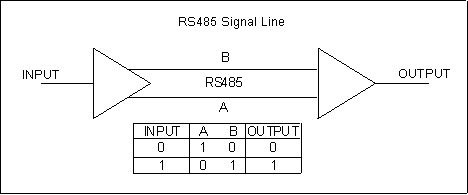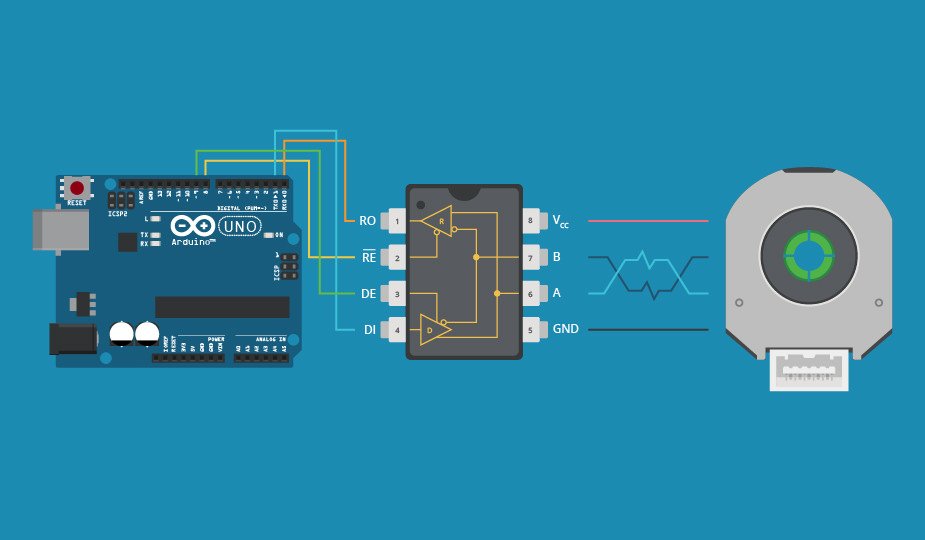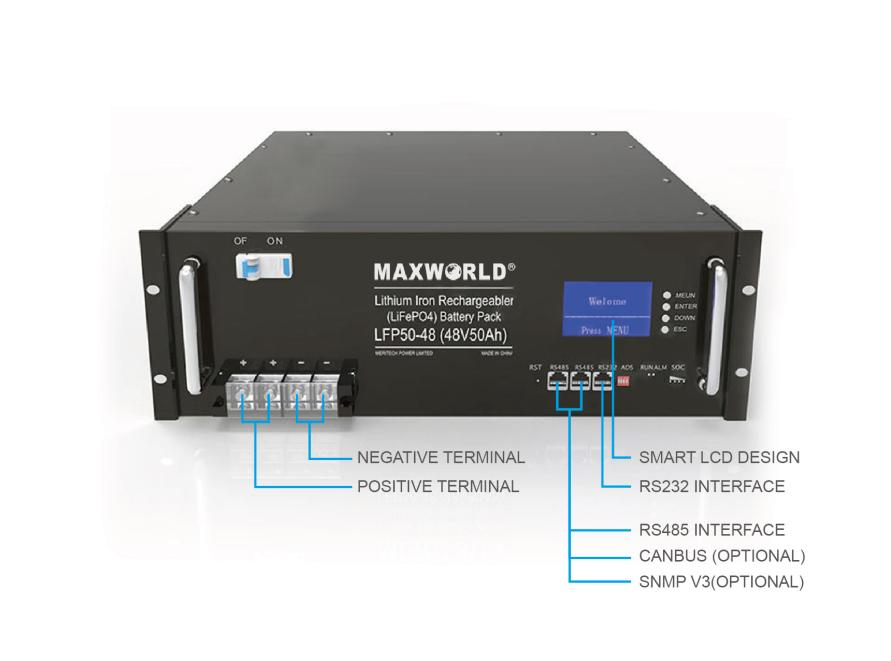RS485 is a universal communication standard widely used in data acquisition and control applications. One of its major advantages is that it allows multiple RS485 devices to be placed on the same bus, which allows multiple nodes to connect to each other.
This article covers some of the most common problems with RS-485 communication and explains what RS485 communication is and why RS-485 communication is so popular.
What is RS-485 Communication
Rs-485 (currently known as EIA/TIA-485) is a standard interface to the Communications physical layer, a means of signal transmission, the first level of the OSI (Open Systems Interconnection) model. The RS-485 was created to extend the physical capabilities of the RS-232 interface.
Serial EIA-485 connections are done using cables with two or three wires: one data wire, one wire with reversed data, and usually a zero wire (ground, 0 V). Thus, the transmitter and receiver exchange data over a twisted-pair cable with 22 or 24 AWG solid wires.
The main idea here is to transmit a signal over two wires. When one wire transmits the original signal, the other wire transmits its reverse copy. This transmission method has high immunity to common mode interference. A twisted pair used as a transmission line may be shielded or unshielded.
What does RS in RS 485 mean
RS (Recommended Standard) was developed by the Electronics Industry Association in the 1960s to facilitate communication between modems and computer terminals.

What is RS485 communication protocol
As the RS485 communication line prepares the line at the physical layer, it is time to consider the data transfer protocol — the protocol between system devices regarding the format of packet transmission.
Due to the nature of the RS-485 interface, the RS-485 device cannot send and receive data at the same time, which will cause the sender to be necessary. Therefore, for deterministic behavior, notify package conflicts.
In the RS485 communication protocol, commands are sent by the node defined as the master station. All other nodes connected to the master station receive data through an RS485 port. Depending on the message sent, zero or more nodes on the line respond to the master station.
This type of communication is not the only possible way to exchange data via the RS485 protocol. There are other RS485 network implementations, each node can start its own data transmission. However, in such a network, the risk of data loss is higher.

Main features Rs-485 communication:
Despite a variety of modern alternative solutions, RS-485 technology remains the foundation of many communication networks today. The main advantages of the RS-485 interface are:
A. Two-way data exchange through a pair of twisted-pair cables;
B. Support for multiple transceivers connected to the same line, that is, the ability to create a network;
C. Communication line length;
D. High transmission speed.
Now, let’s take a closer look at the main features of RS-485 communication:

A. Two-way half duplex data transmission
Serial data streams can be transmitted in one direction, and data transfer to the other end requires the use of a transceiver. A transceiver (often called a “driver”) is a device or circuit that forms a physical signal on the transmitter side.
B. Symmetric communication channel
Two equivalent signal lines are required to receive or transmit data. Wires are used to exchange data in both directions (alternately). With the help of twisted-pair cables, symmetric channels significantly improve signal stability and suppress electromagnetic radiation generated by useful signals.
RS485 vs RS232: Comparing serial communication protocols:
RS485 and RS232 serial communication protocols have been used for more than 50 years and are still widely used throughout commerce and industry. The function of extending RS232 standard is the power of developing RS485 protocol. The following table summarizes these two standards.

let’s look at the main differences between the two protocols
The RS232 serial interface is designed to connect two devices. The protocol supports communication between a single transmitter and receiver. Up to 32 serial devices can be connected to a transmitter using the RS485 interface.
Efficient utilization of serial devices usually involves converting between RS232, RS485, and USB signals. Part of the reason is that hardware manufacturers focus on providing USB connections rather than serial ports on laptops and desktops. The conversion allows old equipment to coexist with new hardware that lacks a serial interface.
RS232 interface is a system based on voltage level and performs best when the difference of ground potential is minimal. Environments that exhibit high levels of electrical noise and variable ground potential affect the RS232’s ability to transmit data effectively and may result in data loss or corruption.
The RS485 protocol uses a differential voltage system to enable it to operate effectively in an environment with high electrical noise levels. A byproduct of differential voltage systems is the extension of data transmission distances, increased transmission speeds, and the use of lower voltages seen in RS485.
Conclusion:
RS485 communication is used for high-speed serial communication, supports long distances, and supports multiple devices (slave stations). Where you are hampered by an electrical noise environment, RS485 will be the best choice.

